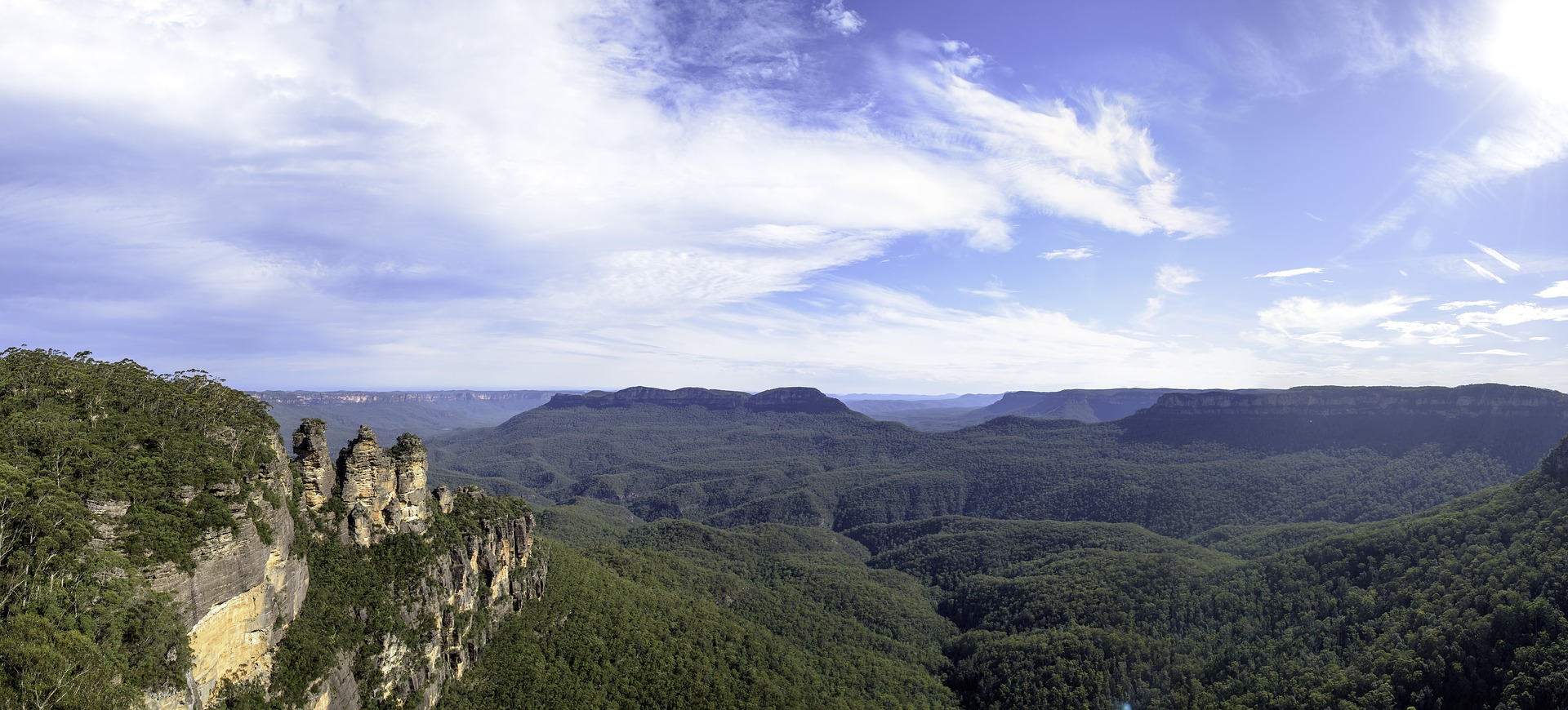Media Release
From: The University of SydneyDr Aaron Greenville, an ecologist who studies ecosystem responses to climate change in the School of Life and Environmental Sciences at the University of Sydney, is available for comment on how the Blue Mountains can recover after 80 percent of the World Heritage-listed region may have been lost to fires.
For urgent action:
- Ground surveys to assess the extent and severity of the fire mapping
- Identify key habitats and communities that were not burnt or had low severity
- Set up long-term surveys of species (both threatened and non-threatened) and ecosystems to monitor populations/ecosystems and prioritise management actions
- Collate all past data from the region to help establish a baseline for ongoing monitoring
- Feral predator control, establish artificial habitat to provide cover for species and weed control
- Careful management of the remaining 20 percent of the region that wasn’t burnt, as it will provide critical habitat for many species
“The fires in the Blue Mountains and surrounds were so large they were called mega-fires,” Dr Aaron Greenville said. “For example, The Gospers Mountain fire that was burning in the Wollemi National Park is currently 512,626 hectares. The Grose Valley fire that burnt 199,921 hectares to the south of it was only separated from the Gospers Mountain fire to aid in fire management and keep the many different communities at risk informed. In reality, those two fires formed one vast fire front.”
Background information
But how unprecedented are these current fires in the Blue Mountains?
Fire history data dating back to 1968 from the NSW Department of Planning, Industry and Environment shows the largest bushfires prior to this season were in 2001/02 where 254,553 hectares burnt within the World Heritage area (total 377,000 hectares burnt), followed by 1993/94 where 243,110 hectares (total 344,400 hectares burnt), Dr Greenville said.
“Large bushfire seasons occurred in 1957 and 1968/69, but the size of the fires was not recorded or the data was incomplete,” Dr Greenville said. “Descriptions of the 1957 and 1968/69 fires suggest they were large and followed similar paths to 1993/94 and 2001/02 that are three times smaller than today’s mega-fires. The extremely dry and hot conditions which have led to these mega-fires were undoubtedly made worse by climate change.”
By mid-January 2020, 836,885 hectares of the Blue Mountains World Heritage Area had been impacted by fire based on the NSW Rural Fire Service dataset.
All of the fires in the Blue Mountains were started by dry lightning strikes and have blanketed Sydney in thick hazardous smoke, Dr Greenville said.
Species Loss
The unique Blue Mountains area was listed as a World Heritage area due to its plant and animal diversity, particularly because of its diversity of eucalypts (about 90 species) and unique species, such as the Wollemi pine. It contains many plants of conservation significance including 114 endemic species and 177 threatened species. The diverse plant communities and habitats support more than 400 vertebrate taxa (of which 40 are threatened), comprising 52 mammal, 63 reptile, over 30 frog and about one third (265 species) of Australia’s bird species.
Although invertebrates are still poorly known, the area supports an estimated 120 butterfly and 4000 moth species.
“Many species already struggling with the drought, threatened and in low numbers or with limited ability to move will be adversely affected this summer and for years to come,” Dr Greenville said. “Some vegetation communities that have burnt since the last major bushfire event in 2013 and more recently are burning again, which may limit or significantly delay their recovery.”


